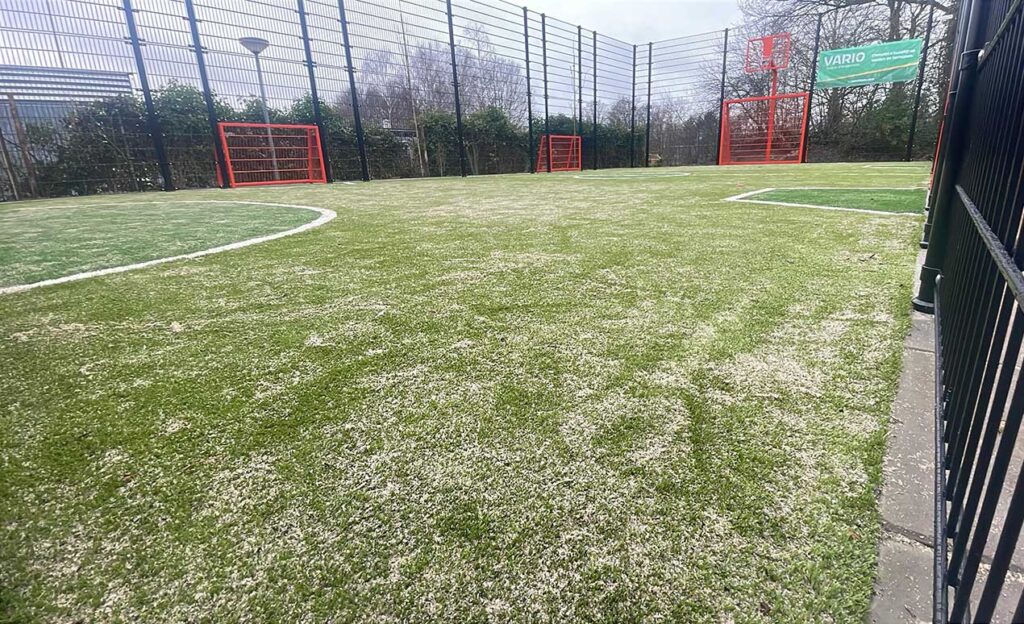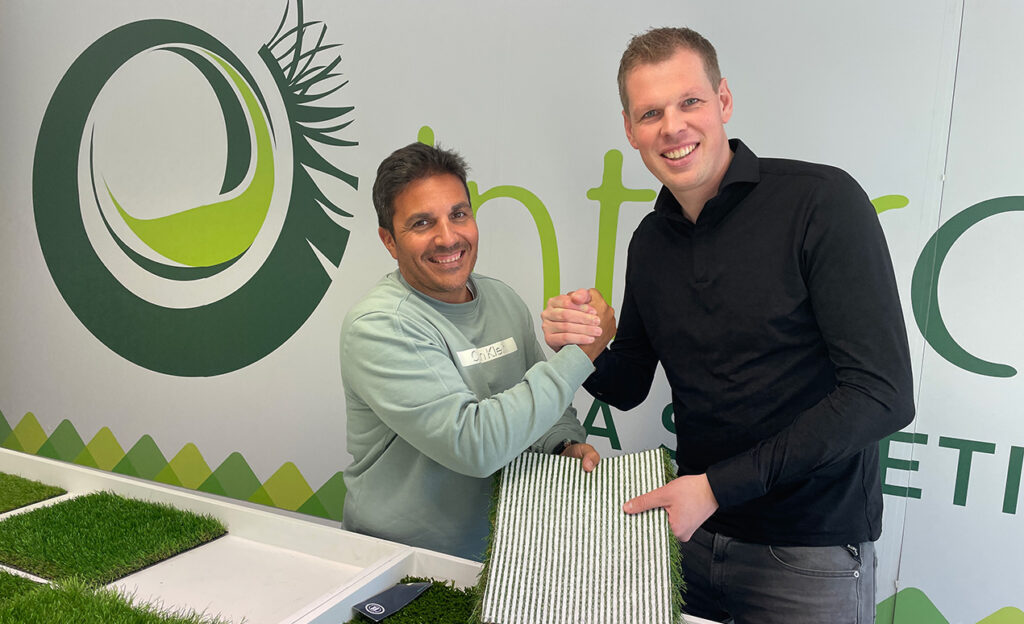As a policymaker, architect, or artificial grass specialist, you’re constantly seeking ways to make your projects more sustainable and environmentally friendly. One of the most powerful tools you can use is the Environmental Product Declaration (EPD). But what exactly is an EPD, and how can it help you achieve your sustainability goals? Let’s explore this further.
What is an EPD?
An Environmental Product Declaration (EPD) is a detailed and transparent report that describes the environmental performance of a product throughout its entire life cycle. Based on a life cycle assessment (LCA), it provides quantitative data on the product’s environmental impact from raw material extraction to production, use, and eventual recycling or disposal. EPDs follow international standards such as ISO 14025 and EN 15804, meaning they are standardized and independently verified.
Who can benefit from an EPD?
1. Policymakers
- Data-driven decision-making: EPDs provide policymakers with detailed and objective data on the environmental impact of products, aiding in the formulation of environmental policies and regulations.
- Comparability: EPDs enable the comparison of different products in a standardized way, essential for promoting sustainable choices in procurement and subsidies.
- Transparency and accountability: Using EPDs allows policymakers to be transparent about the environmental impact of public projects and to be accountable to the public and other stakeholders.
2. Architects
- Design for sustainability: EPDs help architects choose products that contribute to sustainable design goals, such as reducing the ecological footprint and improving the life cycle performance of buildings.
- Certification and compliance: EPDs are often required for sustainability certifications like LEED, BREEAM, and DGNB, helping architects earn necessary points for these certifications.
- Material selection: EPDs provide insights into the environmental effects of various materials, aiding architects in making informed material choices that enhance the overall sustainability of their projects.
3. Artificial Grass Specialists
- Client-focused advice: Specialists can use EPDs to inform clients about the environmental benefits of specific products, such as ONE-DNA™️ artificial grass from LimeGreen®, which is highly recyclable and free of hazardous substances.
- Product comparison: EPDs enable objective comparison of different artificial grass products based on their environmental impact, helping to recommend the best options to clients.
- Marketing support: Demonstrating the environmental benefits of products with an EPD can be a strong marketing tool, allowing specialists to stand out in a competitive market.
4. Construction Companies and Contractors
- Procurement and logistics: EPDs provide detailed information on the environmental performance of construction materials, aiding in making sustainable procurement decisions.
- Regulatory compliance: Using products with an EPD ensures projects meet environmental regulations and sustainability standards.
- Cost savings: Choosing products with a lower environmental impact can reduce waste disposal costs and contribute to more efficient resource use.
5. End Users and Owners
- Understanding environmental impact: EPDs offer end users and owners a clear view of the environmental impact of materials used in their buildings or landscape projects.
- Sustainability-conscious investments: Investing in products with favorable EPDs can increase the value and sustainability of their properties.
- Supporting sustainability goals: EPDs help end users and owners achieve their sustainability goals by informing them about environmentally friendly choices.
How can an EPD support your work?
- Transparency and reliability: EPDs provide an objective insight into the environmental impact of products, helping to make informed decisions based on solid data rather than assumptions or marketing claims. For artificial grass specialists, this means demonstrating that selected materials, such as ONE-DNA™️ artificial grass, meet the highest sustainability standards.
- Facilitating certifications: For architects and policymakers working on projects seeking sustainability certifications like BREEAM or LEED, EPDs are often required. They help earn the necessary points for these certifications by providing demonstrable environmental benefits.
- Product comparison: An EPD enables the transparent comparison of different products, essential for policymakers formulating policies based on the best available technologies and materials.
- Supporting sustainability goals: By choosing products with a favorable EPD, you actively contribute to reducing the ecological footprint of projects. Examples include using materials free of hazardous substances (SVHC-free) and products that are easily recyclable, such as ONE-DNA™️ artificial grass from LimeGreen®, made from a single type of polymer (polyethylene), promoting circularity.
ONE-DNA™️ Artificial Grass Benefits
ONE-DNA™️ artificial grass offers various environmental advantages as described in the EPD. Made from a single raw material (polyethylene), it simplifies recycling and minimizes environmental impact. The product is free of SVHC substances, as confirmed by independent tests. Additionally, the unique production method saves a significant amount of energy. An EPD is an essential tool for sustainable decision-making in construction and landscape projects, providing transparency and reliable data for environmentally conscious choices.

































